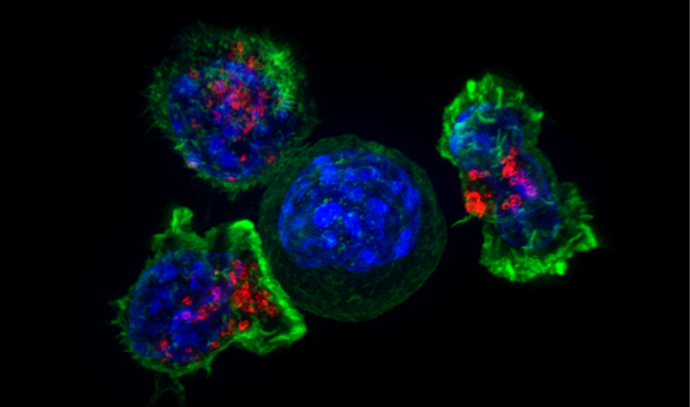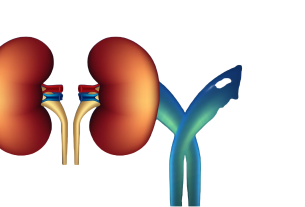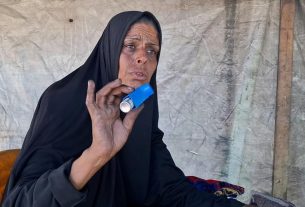A cream that treats the severe side effects of targeted treatment in cancer patients and can significantly improve their quality of life has been developed by researchers at the Hebrew University (HU) and Hadassah-University Medical Center in Jerusalem.
Today’s cancer treatments are highly effective in prolonging patients’ lives, and many of them continue to live with their disease for long periods of time. As a result, more attention has to be paid to their quality of life and emotional state throughout their treatment.
A new study led by Dr. Sharon Merims, a dermatologist and head of the dermato-oncology clinic at the hospital and Prof. Ofra Benny of the HU’s School of Pharmacy has now been published in the journal Science Translational Medicine under the title “Preventing skin toxicities induced by EGFR inhibitors by topically blocking drug-receptor interactions.”
The authors reported on the new development that will relieve skin toxicity and improve patients’ feeling during the challenging period of fighting the disease.
Skin toxicity is a common side effect
Current oncology treatments use on-target strategies that are meant to block a specific receptor on the tumor, leading to a delay in the cancer cells’ growth and a regression of the disease. Since this specific receptor is also found in the healthy skin cells, skin toxicity is a known side effect of targeted cancer treatment.
In certain cancers such as colon cancer and head-and-neck cancer, the treatment protocol focuses on blocking a specific receptor for the EGFR pathway, which is critical for the growth and function of those cancerous cells. However, it is also important for preserving healthy skin cells.
The result is that while the targeted therapy can be effective in treating the cancer, 90% of the patients will develop skin toxicity with severe facial rashes. Besides suffering from the disease and the discomfort caused by the rash, it can influence the patients’ emotional well-being and may even impact their willingness to continue treatment.
The rashes caused by skin toxicity vary in location and appearance, but one of the most prominent features are severe facial rashes that significantly damage the patients’ quality of life – not only from the aesthetic point of view, but also emotionally. The location of the rashes on the face is like “coming out” to the entire world with an announcement that the person has cancer. Until now, no efficient treatment has been available for these severe rashes.
The new cream can prevent rashes without blocking treatment
The new study, headed by Benny and Merims and based on human skin in the lab and on mice, succeeded in finding a way to help patients and prevent the rashes – a new cream whose active component is a drug that blocks the pathway of the cancer treatment drug to the EGFR receptor, thus preventing damage to the healthy skin cells but not impeding the cancer treatment.
Benny noted that “as a result of this new drug, we can continue treating the cancer on the one hand, but on the other hand, we can prevent the negative side effect of the rashes so the patients’ quality of life is maintained while they are being treated for the cancer.”
“Patients with skin toxicity with severe facial rashes suffer greatly and their emotional distress is unique in that side effects are visible to everyone, as opposed to toxicities that affects internal organs that are invisible. Existing treatments to prevent or reduce toxicity and rash are not effective,” Merims explained. “In most cases, the patient’s suffering is alleviated by reducing the dose of cancer treatment or stopping treatment altogether for a short time to help the skin recover and clear the rash – but although these actions may be necessary, they can interfere with the treatment of cancerous tumors.”
The researchers faced another problem in that skin which is affected by toxicity is one of the least penetrable organs in the body, making it a significant challenge to transmit drugs from the top layer of skin to the deep layers. To achieve this, the researchers relied on an earlier study that developed a special transmission mechanism using nano-molecules to deliver the drug to the hair follicles where most of the damage to the skin occurs.
The novel approach they developed will enable to treat the cancer while the damage to the skin is neutralized, thus preventing skin toxicity and the ensuing rashes, the team said.



